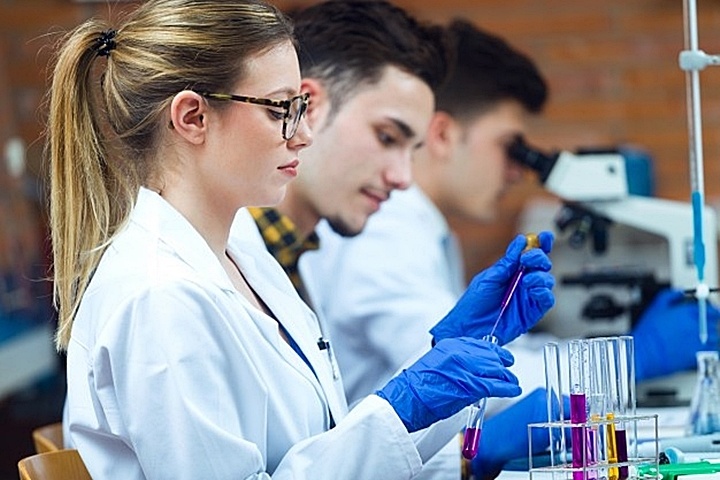
German researchers have just published a paper that showcases a new method for improving the success of stem cell transplantation. This new technique works by preventing stem cells from prematurely dying. Their findings may be used to improve the success of various treatments that use stem cell transplantation.
Hematopoietic stem cell transplantation is used to treat many different illnesses including many forms of cancer. The stem cells used in the procedure can be harvested from umbilical cord blood, peripheral blood, or bone marrow. Once transplanted, they help the body create new blood cells.
Unfortunately, the stem cell transplantation process can be very stressful for hematopoietic stem cells (HSC). Many of the cells die before they even reach the bone marrow, where they reside when creating blood cells. This can limit how effective a transplant is.
HSC cell death is a serious problem because there may only be a small number of compatible cells available for each procedure. If most of the cells die during the transplantation process, the treatment may fail.
Transplanted stem cells die through a natural process called apoptosis. This process is driven by proteins in the cell, called BIM and BMF. The German researchers found a way to modify stem cells, preventing these proteins from being released and delaying their cell death.
When researchers tested the apoptosis-resistant stem cells on mice, they found the animals developed autoimmune complications or lymphomas. This occurred because the cells refused to die for a very long time, causing complications.
The research team decided to try a more sophisticated approach. They took some hematopoietic stem cells from the mice, before infecting them with a genetically engineered virus. This virus produced a protein called BCL-XL, which also inhibited BIM and BMF. The key difference was that the stem cells would only remain apoptosis-resistant for a few days.
This gave the stem cells enough time to move to the bone marrow, without causing any additional side effects. This new techniques could great improve the success rate of stem cell transplants in the future.
Source: Improved stem cell transplantation therapies?
{{cta(‘d59882b5-74e2-4033-be94-d4c340e1978c’)}}


